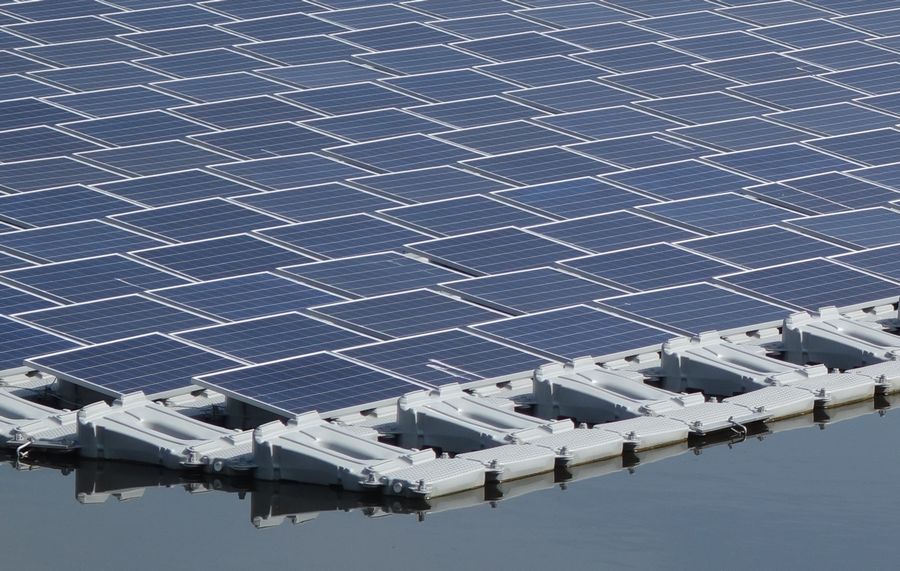
I.R.IRAN Guaranteed power purchase Feed in Tariffs
ژانویه 6, 2019
The huge potential of floating solar power plants
ژانویه 23, 2019Date : 17 Jan 2019


Scientists and engineers are constantly working on the various solar panel technologies, so that they can increase their performance and accelerate faster capitalization. At the moment we can say solar panel makers are moving on the edge, and as time goes by, we are introducing new technology for solar panel construction. One of the newest ways to increase the efficiency of these panels is to work on the development of Passivated Emitter and Rear Cell or Passivated Emitter and Rear Contact, .termed PERC
The introduction of PERC technology has increased solar productivity, which translates into faster, more costly recovery and more cost savings for end-users.
What makes the PERC technology different ?
PERC was first developed in Australia in 1980. Martin Green and his colleagues at the University of New South Wales worked on this technology. PERC technology adds a side layer to the back of the solar cell. Scientists have long focused on the front of the solar cell, and the back side of it, and the benefits and opportunities that can be used for more energy use. Production of PERC in a cell increases production. According to the solar energy association, PERC prevents rear-end integration and prevents the passage of the front surface and degradation technologies caused by light.
But what exactly are these meanings?
The main ingredient is the silicon solar cell. A typical 12-volt panel of 36 cells is made and each cell plays a role in the overall production of the panel. Monocrystal cells have an emitter layer at the front, as well as a surface of the back cover.
On the other hand, PERC cells use two different features that are not found in normal cells. According to the “Solar World,” these features include the use of a passivation film at the back of the cell and the use of chemicals to create small spots in the film that absorbs more light. Different manufacturers can achieve this, but in any case, the technique involves adding a dielectric transition layer to the back of the solar cell (the common joint of each constructor must be done).
The front of the cell receives the direct light of the sun, while the rear part absorbs the diffused and reflected light.
These additional features include the following three benefits :
1. Significant decrease in the need for electron recombination for energy transfer
2. High absorption of light
3. Absorb internal reflection
In general, these three benefits increase energy production in PERC solar cells than conventional products. For example, the DUOMAX Twin Trina Solar, a high-efficiency, double-sided sun, offers 25 percent more production capacity than the traditional one.
What effects does PERC technology have on the final customers ?
Since PV solar installations need an initial capital that, over the years, is paid by selling electricity (purchasing a guaranteed power) or reducing or even eliminating electricity bills (energy efficiency optimization), so more energy Which the system produces, will lead to faster return on investment.
PERC technology allows the solar cells to absorb more light and give them a higher internal reflector, and so the consumer has more options for installing and selecting the angle of the panel. This is good news for people who have little space or places that may not be appropriate to install a solar panel at first, because PERC technology allows you to create more in the array. PERC is the ideal technology for roofs, tall surfaces, desert or snowy terrain, or floating solar water plants.
This increases the power density and power generation for the system. More energy density significantly reduces the cost of generating electricity (LCOE) to install solar PV. And it also requires less structure to effectively utilize PERC’s modern technology, end-users can get very fast return on investment (ROI). The PERC panel also works better in low light and high temperature conditions.


